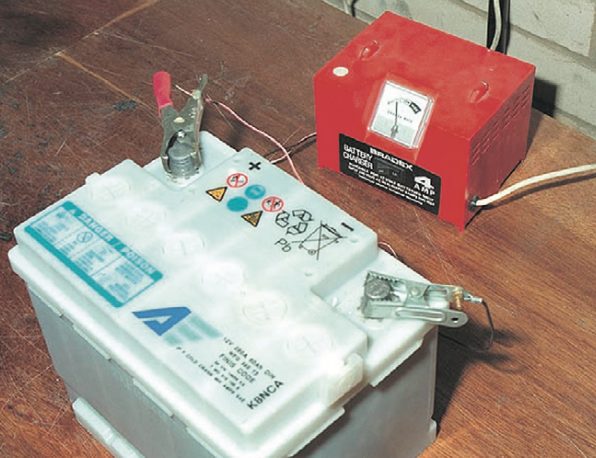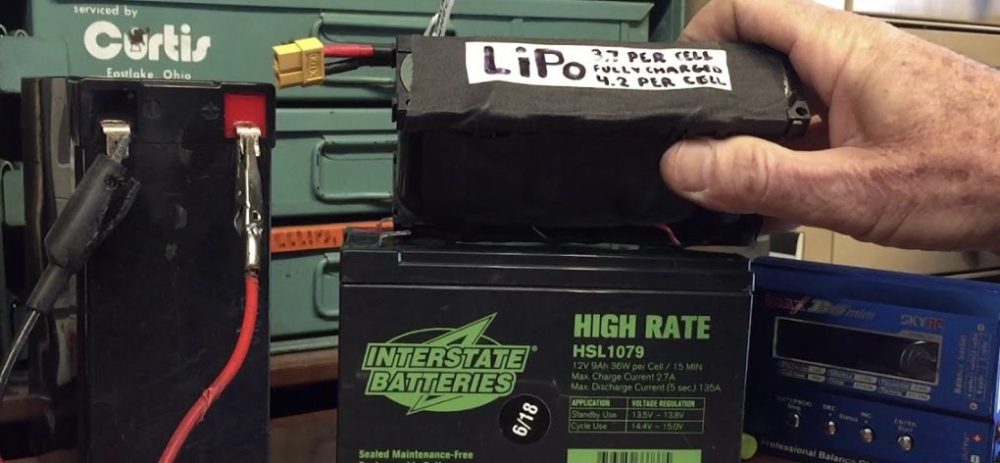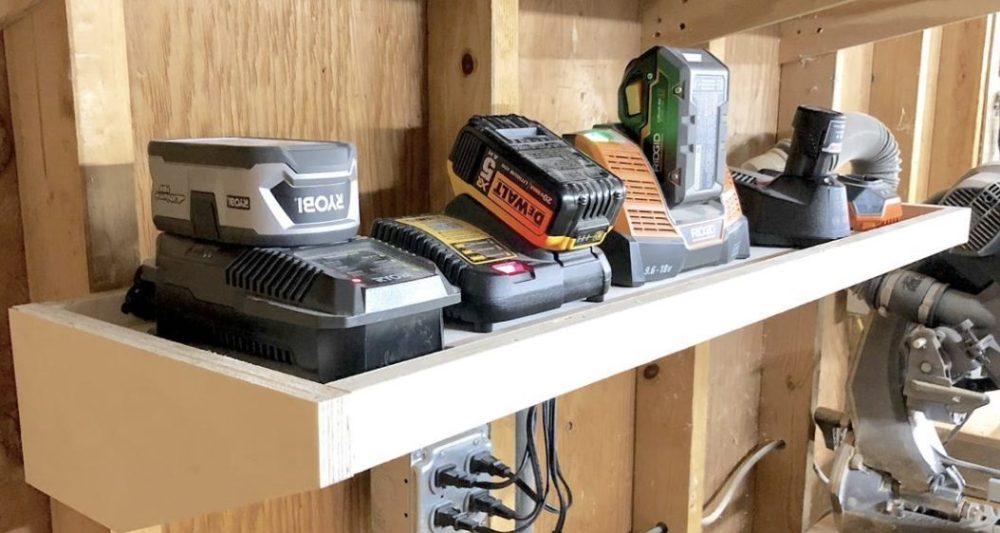Recharging a dead battery can be a frustrating experience, especially if you don’t have access to a large battery charger. However, a small bench charger can provide a convenient and effective solution to this problem. In this blog, we will explore what a small bench charger is, how it works, and how to use it to recharge your battery.
What is a small bench charger?
A small bench charger, also known as a benchtop charger or a bench charger, is a compact battery charger that is designed to be used on a workbench or tabletop. These chargers are usually smaller than their larger counterparts, and they are often used for recharging smaller batteries, such as those found in power tools, motorcycles, and cars.

How does a small bench charger work?
A small bench charger works by converting AC power from a wall outlet into DC power that can be used to recharge a battery. The charger typically consists of a transformer, a rectifier, and a voltage regulator. The transformer converts the AC power from the wall outlet into a lower voltage that is suitable for charging the battery. The rectifier converts the AC voltage into DC voltage, and the voltage regulator ensures that the battery is charged at the correct voltage and current.
How to use a small bench charger
Using a small bench charger is a straightforward process that requires a few basic steps. Here’s how to do it:

Step 1: Determine the type of battery you have
Before you can use a small bench charger, you need to determine the type of battery you have. Most small bench chargers are designed to work with lead-acid batteries, which are commonly used in cars and motorcycles. However, some chargers may also work with other types of batteries, such as nickel-cadmium (NiCad) or lithium-ion (Li-ion) batteries.
Step 2: Connect the charger to the battery
Once you have determined the type of battery you have, you can connect the charger to the battery. To do this, you will need to connect the positive (+) and negative (-) terminals of the charger to the corresponding terminals on the battery. Make sure that the terminals are connected securely and that there are no loose connections.
Step 3: Set the charging parameters
Next, you will need to set the charging parameters for the battery. This will typically involve selecting the correct voltage and current settings for the battery. The correct settings will depend on the type of battery you have and the capacity of the battery. Consult the manufacturer’s instructions for your charger to determine the correct settings.
Step 4: Start the charging process
Once you have set the charging parameters, you can start the charging process. Most small bench chargers will have a button or switch that you can use to start the charging process. Once the charging process has started, the charger will monitor the battery voltage and current and adjust the charging parameters as needed to ensure that the battery is charged safely and efficiently.
Step 5: Monitor the charging process
While the battery is charging, you should monitor the charging process regularly to ensure that everything is working correctly. Check the battery voltage and current periodically to ensure that they are within the recommended ranges, and check the temperature of the battery to ensure that it is not overheating. If you notice any problems, stop the charging process immediately and consult the manufacturer’s instructions for your charger.
Conclusion
Recharging a dead battery doesn’t have to be a frustrating experience, and a small bench charger can make the process quick and easy. By following the steps outlined above, you can recharge your battery safely and efficiently and get back to using your power tools, motorcycle, or car in no time.
First, let’s talk about the components of a small bench charger. As mentioned earlier, a typical small bench charger will have a transformer, rectifier, and voltage regulator. The transformer is responsible for stepping down the voltage from the wall outlet to a level that’s suitable for charging the battery. The rectifier converts the AC voltage into DC voltage, which is necessary for charging the battery. The voltage regulator ensures that the battery is charged at the correct voltage and current, which is important for maintaining the health of the battery.
When it comes to using a small bench charger, there are a few things you sh

ould keep in mind to ensure that you get the best results. Here are a few tips:
- Make sure the battery is compatible with the charger: Before you start charging a battery with a small bench charger, you should ensure that the charger is compatible with the type of battery you’re using. Most small bench chargers are designed to work with lead-acid batteries, but some may also work with other types of batteries, such as nickel-cadmium or lithium-ion batteries. Be sure to check the manufacturer’s instructions for your charger to see what types of batteries it’s compatible with.
- Connect the charger correctly: When connecting the charger to the battery, make sure you connect the positive and negative terminals correctly. The positive terminal on the battery should be connected to the positive terminal on the charger, and the negative terminal on the battery should be connected to the negative terminal on the charger. Failure to connect the charger correctly can result in damage to the battery or the charger, so take your time and make sure you get it right.
- Set the charging parameters correctly: Once you’ve connected the charger to the battery, you’ll need to set the charging parameters correctly. This will typically involve selecting the correct voltage and current settings for the battery. The correct settings will depend on the type of battery you have and the capacity of the battery. Be sure to consult the manufacturer’s instructions for your charger to determine the correct settings.
- Monitor the charging process: While the battery is charging, you should monitor the charging process regularly to ensure that everything is working correctly. Check the battery voltage and current periodically to ensure that they are within the recommended ranges, and check the temperature of the battery to ensure that it’s not overheating. If you notice any problems, stop the charging process immediately and consult the manufacturer’s instructions for your charger.
- Be patient: Charging a battery with a small bench charger can take some time, especially if the battery is heavily discharged. Be patient and allow the charger to do its job. Don’t be tempted to disconnect the battery prematurely or increase the charging current to speed up the process, as this can damage the battery or the charger.
In summary, a small bench charger can be a convenient and effective solution for recharging a dead battery. By following the tips outlined above, you can ensure that you get the best results and maintain the health of your battery over the long term.




